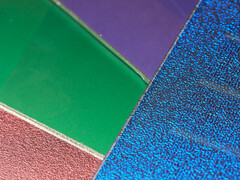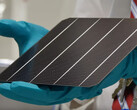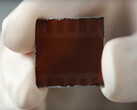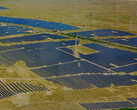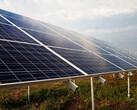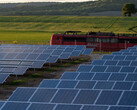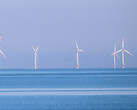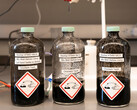The blue morpho butterfly is not blue, it just looks that way. Instead, interference effects ensure that only blue light is reflected by the wings. All other parts of the light can pass through.
If this principle is used, as a team of scientists at the Fraunhofer Institute in Germany has just demonstrated, a small area of usable light is lost, but all other photons can still be used to generate electricity.
Compared to normal solar cells, the efficiency of the colored variants is 95 percent. At the same time, these colored solar modules can be provided with an absolutely uniform surface.
Only the area of the visible spectrum to which the color of the module should correspond is reflected again. This is also of little concern because a large proportion of electricity generation is due to long-wave light. This is no longer visible, but can be felt on the skin, particularly as heat radiation.
A major advantage of the system lies in the layering principle. The special coating is simply applied to existing photovoltaics - absolutely firmly in a vacuum process. Because it is largely translucent, the efficiency changes only minimally for the worse.
On the other hand, the use of these modules is also interesting in areas where there are purely aesthetic reasons against the installation of solar systems. For example, the fronts of houses facing east or west could be decorated with colored tiles that look similar to classic facades. The only big difference would be that electricity would flow in the morning and evening, i.e. exactly when it is needed in the private sector.
Furthermore, the industrial production of the coatings is said to be "cost-effective". Unfortunately, there are no figures on this. What already exists, however, are exemplary hoods and partially transparent car glass roofs. They can be produced in paint color and charge the battery, at least a little.
After all, if you were to cover 2 square meters (20 sq. ft.) of the car with 20 percent efficiency, an electric car parked in the sun during the day could then be driven around 50 kilometers (30 miles). On a less sunny day, however, it would only be 5 to 10 kilometers (3 to 6 miles).




